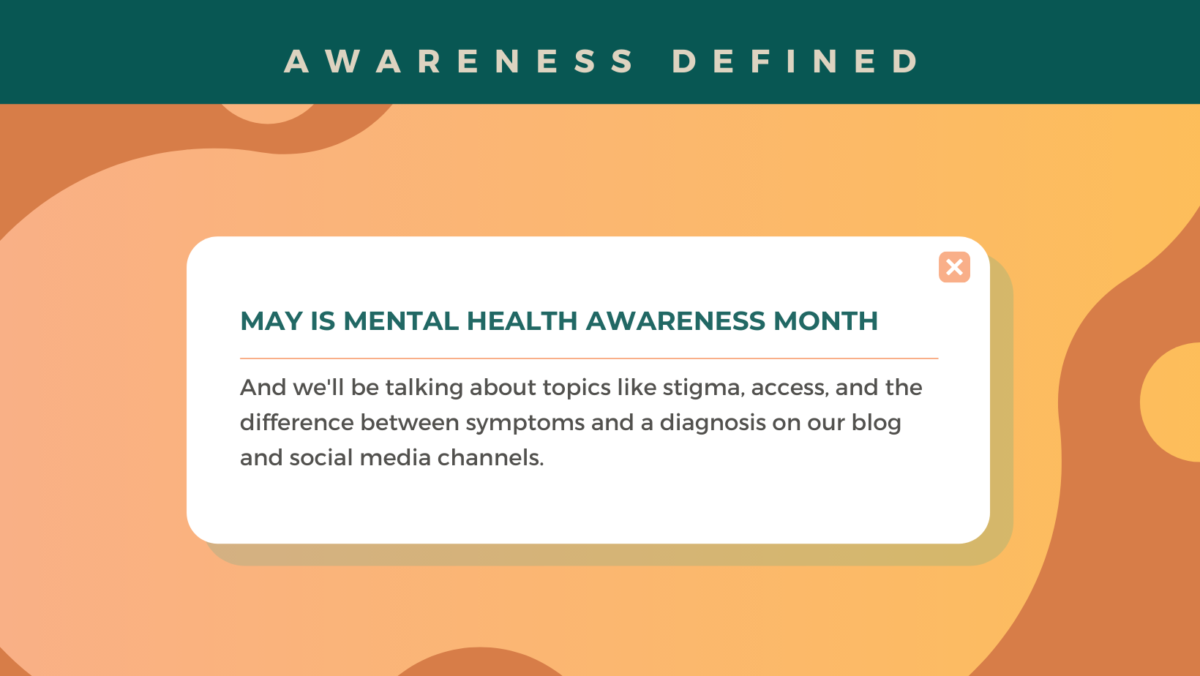At GDC, we’ve been Demystifying Therapy all spring. In March, we talked about the process of getting into therapy as well as self + community care, and in April we demystified some of the more common treatment modalities therapists use with clients.
Mental health awareness is often about breaking down stigmas and barriers to care. This work is still super important, even as attitudes toward mental health become more positive. But there’s a flip side, too. As a culture, we’re talking about mental health more, which is great, but it also means that there’s misinformation out there. Here are some things we’re keeping mind mind as we work to destigmatize and demystify mental health care.
A symptom is not a diagnosis.
Everyone experiences symptoms of mental illnesses throughout their lives. Anxiety and depression are great examples. But this can apply to lots of different symptoms and diagnoses in the DSM or Diagnostic and Statistical Manual of Mental Disorders, the book providers use to diagnose mental illnesses in clients. Not everyone who goes to therapy is diagnosed and there are many reasons a therapist might diagnose a client from insurance paperwork to helping the client feel supported in their experiences.
There’s a difference between experiencing anxiety or depression – something we all feel at different moments in our life, and being diagnosed with an anxiety disorder or a depressive episode or disorder. The important thing to remember is that diagnosis or not, experiencing a symptom like anxiety or depression is real, painful, and valid. And it’s something a therapist can help you learn to cope through.
You are the driver of your own mental health.
While a therapist, counselor, or wellness coach might be an expert in a specific field or a treatment modality they use, you are the expert in your own mental health journey. A provider is able to listen and provide feedback and questions, but know that you are in the driver’s seat and you get to make decisions about your care. This also means that you can learn about coping with your symptoms and you and your provider might come to a diagnosis through a collaborative process of them bringing their expertise to your experience of your own symptoms, moods, and challenges.
Access and stigma go hand-in-hand.
One of the reasons therapy is stigmatized in specific communities, especially Black communities, is because of a history of inaccess to quality mental health care. When care isn’t helpful or supportive, it is not used by the individuals who need it. Furthermore, mental health care is not one-size-fits-all, and a therapist who works well with one person might not be the right fit for another. The important thing is that you as the client feel supported and safe with your provider.

